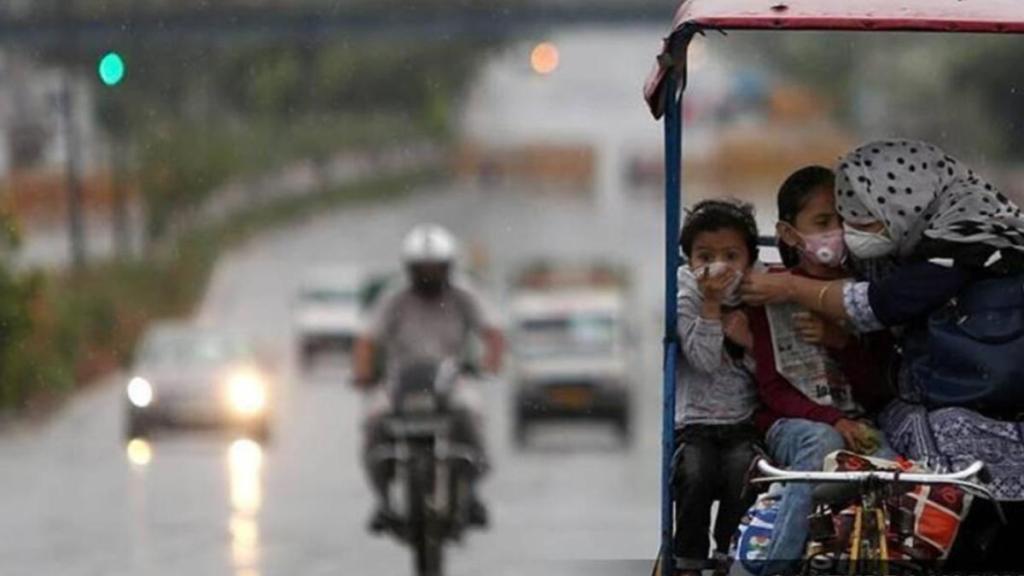Delhi is set to undertake its first artificial rain initiative using cloud seeding operations between July 4 and 11, depending on favourable weather conditions. Delhi Environment Minister Manjinder Singh Sirsa announced the plan on Saturday and called it a significant step towards urban pollution control.
Sirsa confirmed that IIT Kanpur has submitted the flight plan for the seeding operation to IMD Pune for technical coordination. While current conditions are unsuitable until July 3, a specific window for the trial has been proposed for the following week. Another proposal has also been sent to the Directorate General of Civil Aviation (DGCA) requesting an alternative window for the trial to be conducted at a later date if needed.
“This initiative marks a historic step in urban pollution control and is being carried out for the first time by the Environment Department under Chief Minister Rekha Gupta’s leadership,” Sirsa stated. He emphasised the government’s commitment to providing Delhiites with clean air, asserting it as a fundamental right and expressed hope that this “bold step” of artificial rain would bring “meaningful change”.
Sirsa also addressed the previous accusations from AAP Delhi chief Saurabh Bharadwaj regarding alleged hindrance of pollution-control efforts. He said, “We were the ones who signed the MoU first, made all the payments to IIT Kanpur and applied for the necessary approvals because we want to take real action.” He contrasted this with previous administrations, stating, “They didn’t do anything except talk about artificial rain. We, on the other hand, have worked sincerely. That’s why, within just four months of forming the government, we are at the stage of finalising the date for Delhi’s first artificial rain.”
How will this happen?
The project, officially titled ‘Technology Demonstration and Evaluation of Cloud Seeding as an Alternative for Delhi NCR Pollution Mitigation,’ will involve five aircraft sorties. These flights will operate over low-security air zones in northwest and outer Delhi, with each sortie lasting approximately 90 minutes and covering an area of about 100 square kilometres.
Modified Cessna aircraft will disperse a scientifically formulated seeding mixture using flare-based systems. The formulation, developed by IIT Kanpur, will have silver iodide nanoparticles, iodised salt and rock salt, designed to accelerate droplet formation in moisture-rich clouds and induce artificial rain.
(With PTI inputs)

